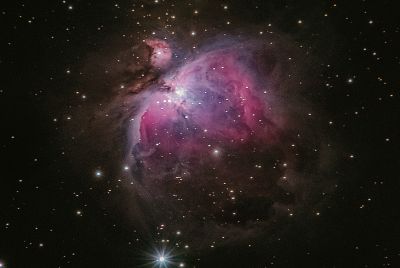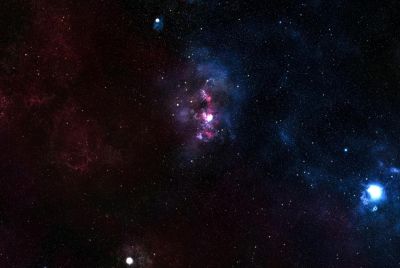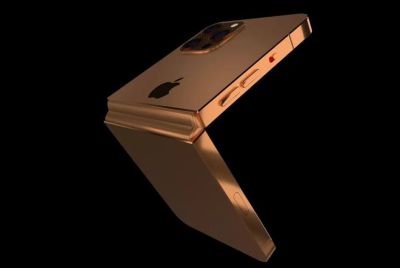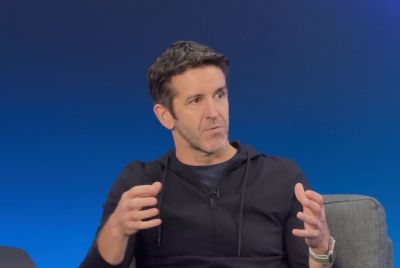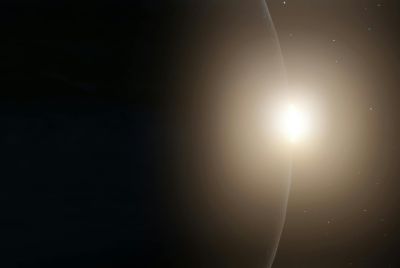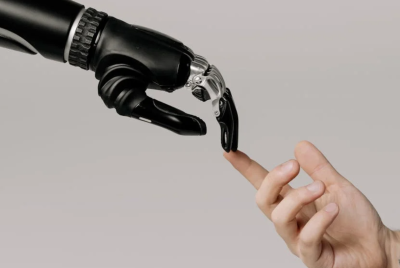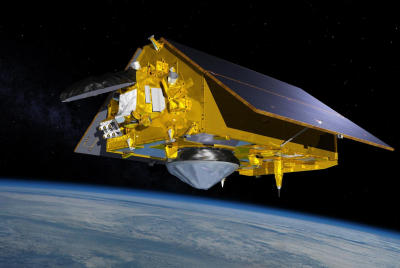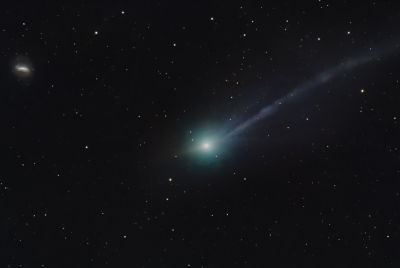Sora 2 vs Veo 3: OpenAI's New Video Model Sparks Fresh Clash With Google
Sora 2 adds synchronised audio and watermarking for safer AI video
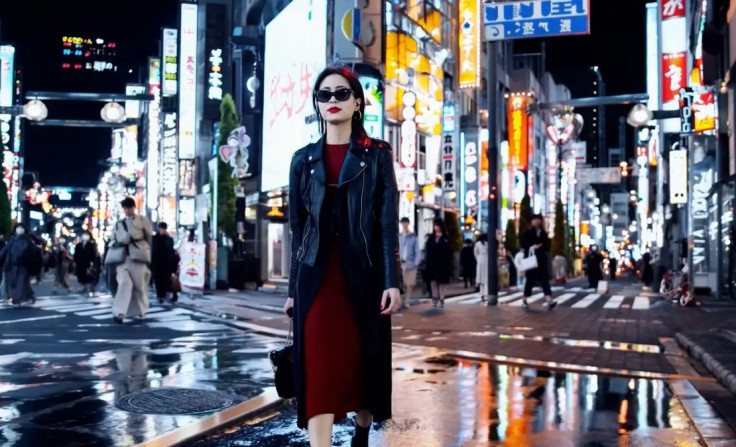
OpenAI has officially launched Sora 2, its latest artificial intelligence video model, putting it in direct competition with Google's Veo 3. The announcement was made at the end of September 2025, marking a significant moment in the growing AI video industry. The development raises the question of who will lead the race to dominate AI-powered video creation, a sector now at the centre of technology rivalry between the two global giants.
What Is Sora 2?
Sora 2 is OpenAI's newest text-to-video model and comes with several notable improvements compared to its predecessor. The model can now generate realistic video sequences that maintain character consistency across multiple scenes, a feature that filmmakers and content creators have been demanding.
One of the most important updates is the addition of synchronised audio, allowing Sora 2 to generate voices and sound that match the visuals. This closes a gap that was previously left open by Sora 1, which was limited to silent clips.
OpenAI has also introduced watermarking and provenance technology into Sora 2. Every video created is embedded with invisible tracking information to help identify whether it was AI-generated.
According to the company, this safeguard is intended to prevent misuse and to maintain accountability in digital content.
In addition, OpenAI rolled out the Sora app, a mobile platform designed to showcase the new model's capabilities. The app allows users to generate and share vertical videos, positioning it as a potential rival to short-form platforms such as TikTok.
What Is Veo 3?
Google's Veo 3, part of its DeepMind division and integrated into the Gemini ecosystem, has been available since mid-2025. It has already been widely used by developers and enterprise clients through the Gemini API, Vertex AI and other Google products.
Veo 3 is capable of producing high-quality video with natural motion and synchronised audio. Like Sora 2, it also incorporates digital watermarking to verify the authenticity of AI-generated media. The model has been promoted as a tool for professional creators, advertisers and media producers seeking efficiency in generating visual content.
Sora 2 vs Veo 3: Feature Comparison
Both Sora 2 and Veo 3 are advanced AI video generators, but there are key differences in their rollout and usage:
- Visual realism: Each produces lifelike motion and scene continuity. Early tests suggest that Sora 2's improvements are closing the gap with Google's established model.
- Audio generation: Veo 3 included synchronised audio from the start, while Sora 2 has now introduced this capability.
- Accessibility: Veo 3 is broadly accessible via Google's platforms, whereas Sora 2 is currently limited to invite access and the new Sora app.
- Content controls: Both embed watermarks to prevent unauthorised use.
- Use cases: Sora 2 is being positioned for social media creators, while Veo 3 is targeted more heavily towards professional and enterprise applications.
In terms of who has the upper hand, Evolve AI posted on LinkedIn a direct comparison of each AI's output. To generate the video, the team used the prompt 'a gymnast flips on a balance beam. Cinematic.'
Outputs were posted side by side, and it appears that Sora 2 is more realistic and consistent compared to Veo 3. However, it should be noted that this claim is only based on this one output comparison, and further testing should be made to determine which one is better.
Industry Context
The release of Sora 2 highlights how rapidly the AI video generation market is evolving. OpenAI and Google are now seen as leading competitors, though other players, including Meta, Runway and Pika Labs are also developing similar tools.
Industry analysts describe the current rivalry as the next major battleground in artificial intelligence, comparable to the search engine race of the early 2000s. With demand for video content at an all-time high, AI models such as Sora 2 and Veo 3 could reshape how short-form videos are produced and distributed on platforms like TikTok, Instagram and YouTube.
© Copyright IBTimes 2025. All rights reserved.


